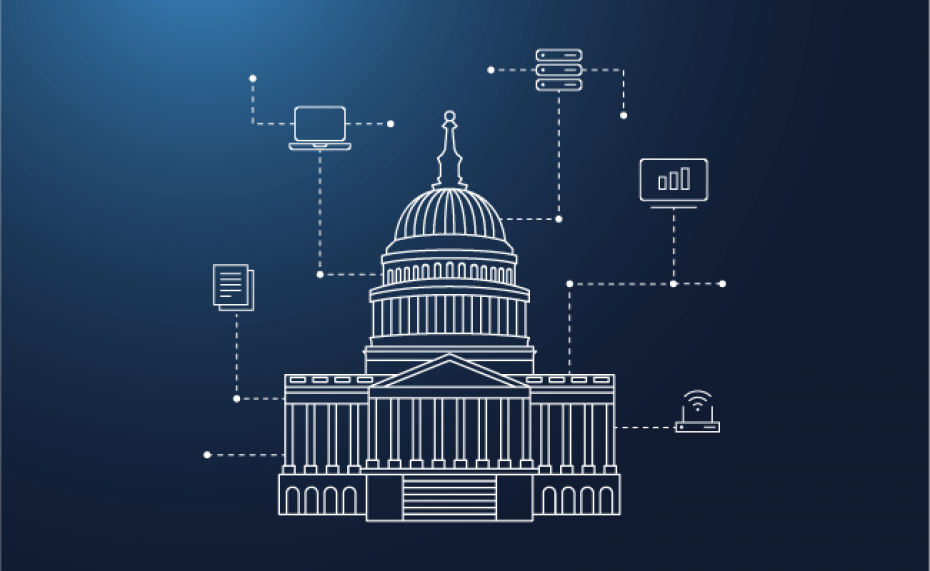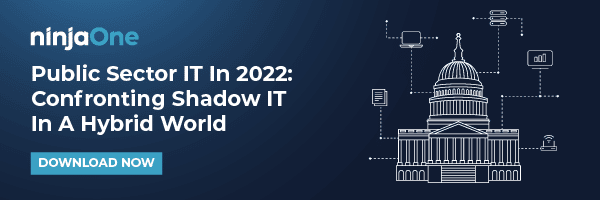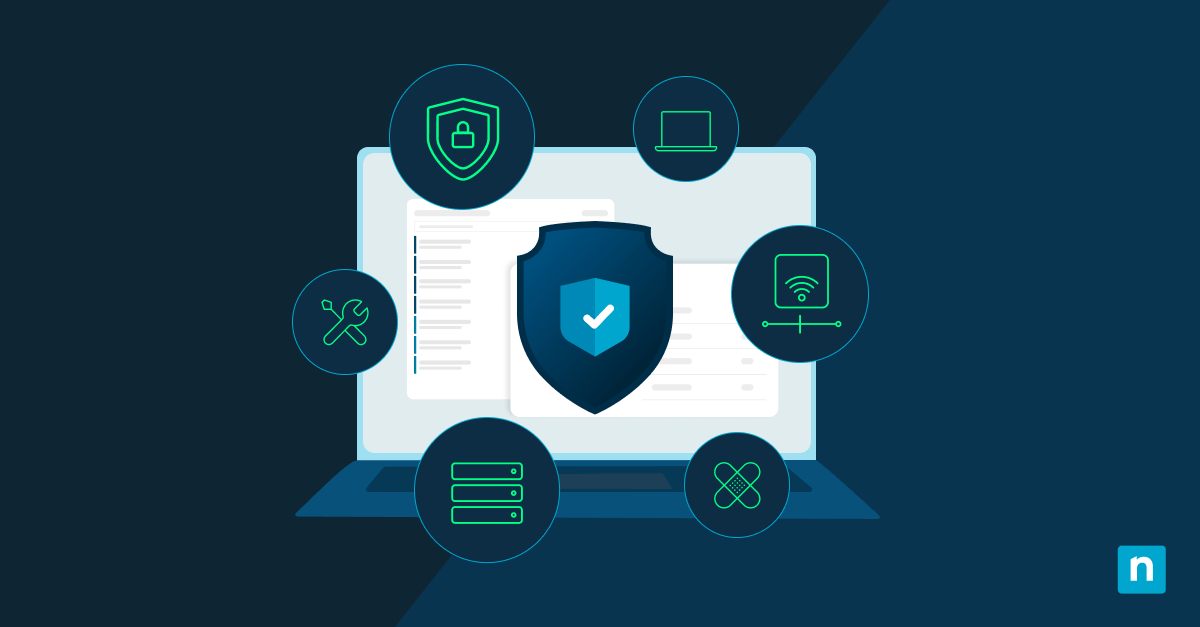
The public sector hasn’t always had a reputation for digital agility and modern hardware, but that’s beginning to change thanks to COVID-19. Forced to operate from home, public sector employees are employing a mix of devices and cloud strategies to keep city services running. However, these very same advances could be fueling shadow IT within public sector organizations and leaving them vulnerable to data leakage, theft, or attack.
To better understand the ways public sector employees are engaging with technology in the workplace and their attitude towards security, NinjaOne has released its new report, Public Sector IT In 2022: Confronting Shadow IT In A Hybrid World, based on a survey of 400 public sector managers across the United States, Europe, and Oceania.
The scope of the shadow IT problem
The survey found that while many state and local government agencies are regaining a sense of normalcy, most are embracing a hybrid approach. This shift has drastically increased the volume of devices that IT teams need to monitor and manage. Unfortunately, some devices, as well as software, are slipping between the cracks and enabling shadow IT to spread.
You’ll have to check out the report to get a complete view of the findings and recommendations, but here are some key stats that create a clearer picture of how widespread shadow IT is:
- 52% of public sector employees felt they had to frequently or occasionally go around their organization’s security policies to do their jobs
- 52% use unapproved devices for work
- 49% use unapproved software or cloud tools for work
- 51% of public sector employees are spending more time on IT issues since working from home
With so many threats to manage, not prioritizing device management and security dramatically increases the risk an organization faces. Allowing weak links to persist represents a willingness to invite cyberattacks and regulatory fines. Plus, it can put the personal information of citizens at risk – harming the same people those in the public sector work hard day and night to support.
What needs to happen
Allowing shadow IT to persist may seem harmless at first glance, but it has real consequences.
Public sector IT leaders need to focus on facilitating dialogue between employees and IT staff to understand what isn’t working when it comes to security policies and turn to technology to make device and user management unintrusive.
To learn more, download the full report:








